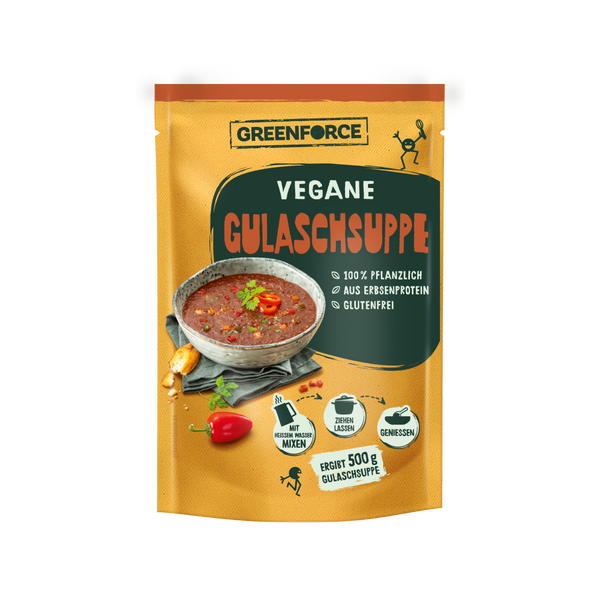Chronic histamine intolerance (histaminosis, HIT) affects around one percent of the population and can severely limit the everyday life of those affected. The symptoms are reminiscent of allergy symptoms and can affect a wide variety of areas of the body - from the gastrointestinal tract to the skin. You can find an overview of chronic histamine intolerance, symptoms and signs as well as causes and treatment options below.
Histamine: what is it actually?
Histamine is a biological messenger , more precisely a biogenic amine, which occurs naturally in the body but is also contained in numerous foods. Basically, the substance is necessary for our body because it regulates blood pressure, controls the release of gastric juice and stimulates intestinal activity .
It also plays an important role in the functioning of memory and in a healthy sleep-wake rhythm.
The messenger substance is constantly broken down in the body by the enzymes DAO (diamine oxidase) and HNMT (histamine N-methyltransferase). While DAO is primarily active in the intestinal mucosa, liver, kidneys and white blood cells, HNMT is primarily found in the skin and bronchi.
In people with histamine intolerance, the breakdown process caused by DAO and/or HNMT is probably disturbed. For some of those affected, however, the breakdown process is completely normal, but the histamine intake from food is too high. If the organism can no longer cope with these quantities, a wide variety of symptoms occur .
Which foods contain histamine?
It is difficult to determine exactly how high the histamine concentration is in a product because it depends on the degree of ripeness and the storage period , but also on the processing. Particularly large amounts of histamine are produced in protein-rich foods under the influence of bacteria and fungi, for example during the ripening of cheese and the production of sausage or sauerkraut.
Here is an overview of other foods that are high in histamine:
- alcoholic drinks (especially red wine, champagne)
- Salami, raw sausage, raw ham
- Chocolate and foods containing cocoa
- Fish (especially canned fish)
- tomatoes
- spinach
- sauerkraut
- certain fruits: strawberries, kiwis, citrus fruits
- nuts
Important to know : The substance cannot be destroyed by heating or storing food in the freezer. If you suffer from chronic histamine intolerance , you need to eliminate histamine-rich foods from your diet if possible in order to provide lasting relief from the symptoms.
What causes the histamine problem?
There are many possible causes of histamine intolerance , of which we have summarized the most common ones for you below.
A deficiency of the enzyme DAO can have various causes. For example, you may have an inflammatory or degenerative intestinal disease, or you may be taking medication that lowers DAO levels. Frequent alcohol consumption can also be responsible for a DAO deficiency. If DAO levels are too low, histamine levels rise.
If histamine intolerance is caused by a DAO deficiency, the symptoms typically occur immediately after eating. Those affected often suffer from nausea or headaches. A red face after eating also occurs - the so-called flush.
With HNMT deficiency, symptoms usually do not appear immediately after meals, but rather hours or days later. In contrast to a DAO deficiency, inner restlessness, muscle twitching, sleep disorders, dizziness and fatigue occur.
One of the possible causes of histamine intolerance is an incorrect diet. Because: Even if DAO and HNMT are present in sufficient concentrations and carry out their work - breaking down histamine - smoothly, problems can arise. The reason is often an increased intake of the messenger substance through food. The body then simply can't keep up with the breakdown and the histamine level in the blood continues to rise.
Some medications are suspected of interfering with the breakdown of histamine in the body .
These include, among others:
- Metamizole
- Metronidazole
- Metoclopramide
- Verapamil
- Amitriptyline
If you take medication regularly and suffer from symptoms after eating certain foods, this does not necessarily have to be a fruit allergy or a sudden food intolerance . If you have a red face after eating or are prone to gastrointestinal problems, you should take this seriously and get yourself examined in order to get rid of the chronic problem.
Patients who suffer from hypothyroidism often develop parallel intolerance to the messenger substance. If you have problems with your thyroid and react to certain foods with discomfort, it is best to speak to your doctor as soon as possible.
Chronic histamine intolerance symptoms & complaints
Chronic intolerance can result in a wide range of symptoms. Read on to find out more about the signs.
The messenger substance activates the so-called mast cells in the skin. These in turn release allergenic substances that can negatively affect the condition of the skin. Small wheals (swellings) on the skin indicate hives (urticaria). They usually disappear on their own within 24 hours - but if you repeatedly eat foods containing histamine, they will form again because the intolerance is chronic.
In addition to hives, chronic intolerance can also cause severe itching. Affected skin areas are often additionally reddened, which is because the messenger substance dilates the blood vessels so that more blood flows through.
The effects of intolerance on the cardiovascular system are particularly stressful for many of those affected. The substance changes the width of the coronary arteries, which can lead to heart palpitations or palpitations. Although these cardiac arrhythmias are usually harmless, they can be very frightening. The same applies to so-called palpitations, i.e. clearly noticeable heartbeats. The blood vessels in the middle of the body can also be dilated by the messenger substance. This causes blood pressure to drop.
As already mentioned, the messenger increases the production of stomach acid. At the same time, the muscles in the stomach wall are stimulated to contract. Typical symptoms include abdominal cramps, flatulence and diarrhea. These often occur immediately after consuming histamine-rich foods or drinks. The tongue can also be affected. Some sufferers complain of an unpleasant burning sensation on their tongue after eating foods rich in histamine.
Excessively high histamine levels can increase the symptoms of menstruation in women - especially period pain. Because: The messenger increases the estrogen concentration, and this hormone is responsible for the uterus contracting at the beginning of menstruation, which is associated with cramp-like pain.
During pregnancy, however, many women experience that histamine-related symptoms decrease or temporarily disappear completely. This is probably due to the hormonal fluctuations typical of pregnancy .
 Germany
Germany
 Austria
Austria
 Switzerland
Switzerland
 Netherlands
Netherlands
 Belgium
Belgium
 Luxemborg
Luxemborg



































